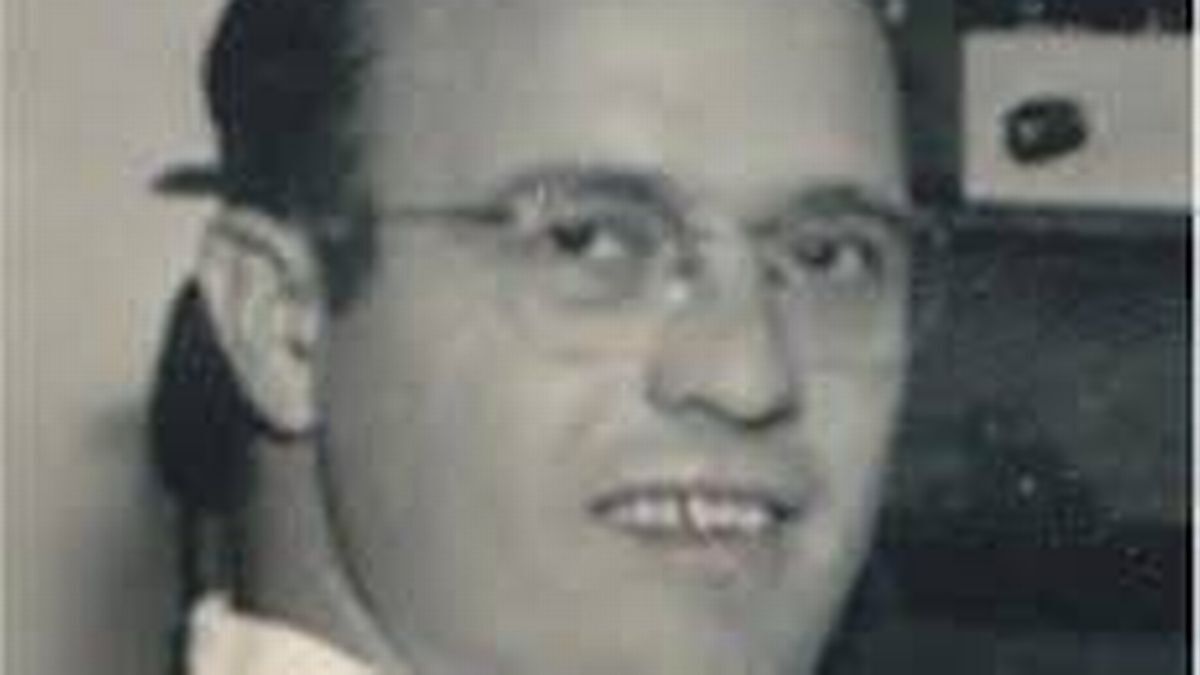
The Zodiac Killer, known as the most infamous unsolved murder case in US history, has remained a mystery for over half a century. The elusive murderer is believed to have killed at least five people in the San Francisco area between 1968 and 1969, but has never been apprehended.
The case has captivated amateur detectives for years and was even adapted into a Hollywood movie in 2007 featuring Jake Gyllenhaal and Mark Ruffalo. Recently, the internet was set ablaze when a group of journalists, intelligence officers, and former law enforcement professionals, known as the Case Breakers, claimed to have solved the notorious killings.
They alleged that Gary Francis Poste, a former Air Force pilot from the Sierra foothills who passed away in 2018, was the infamous killer. However, the FBI has since stated that the case remains open, suggesting that this theory may be just another in a long line of tips and hypotheses lacking evidence or debunked.
Zodiac killer’s chilling letter that took code-breakers 50 years to decipher
‘I uncovered family secrets that shook me now I think my grandad was an infamous serial killer’
We delved into five of the most popular theories below. Arthur Leigh Allen, the main suspect in Robert Graysmith’s books which inspired the film Zodiac, owned the same caliber gun as the serial killer, wore a Zodiac watch, and made several suspicious comments to friends about wanting to kill people.
He was dishonorably discharged from the navy and lost his job at a school due to allegations of sexual misconduct, reports the Mirror.
However, his fingerprints did not match those believed to belong to the killer. “Allen seems like a good suspect as long as you only get information from people who think he’s guilty,” said Michael Butterfield, a writer who has spent 20 years investigating the Zodiac killer.
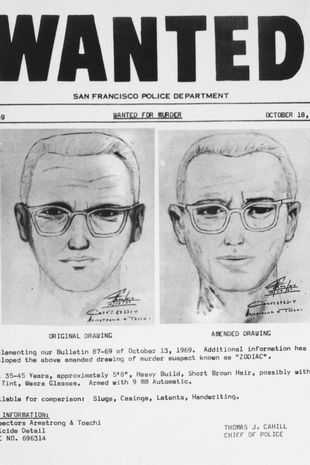
Allen died of arteriosclerotic heart failure in 1992 at the age of 58. Richard Marshall was accused of being the killer by police informants who claimed he had hinted at being responsible himself.
He lived near the scenes of several killings in the late 1960s. However, he was not considered a prime suspect by a policeman who had worked on the case for decades.
Detective Ken Narlow stated, “Marshall makes good reading but is not a very good suspect in my estimation.” Marshall died in 2008.
Jack Tarrance was accused by his own stepson, Dennis Kaufman, who believed he closely resembled the composite image of the Zodiac. Kaufman provided the FBI with several items, including a hood similar to the one worn during the Lake Berryessa stabbings, as well as footage on a roll of film depicting possible victims.
In 2007, a document examiner claimed that Tarrance’s handwriting matched the Zodiac’s. However, the examiner’s credibility was later questioned, and the hood is believed to be much cruder than the one worn by the Zodiac.
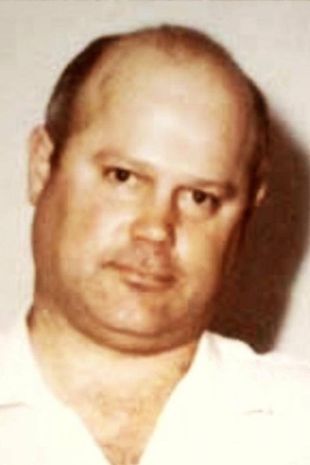
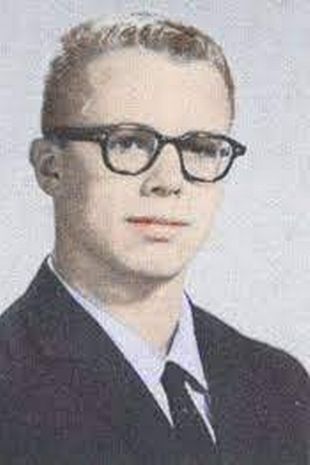
The FBI’s analysis of the items was inconclusive, and Tarrance died in 2006. Library assistant Ross Sullivan emerged as a person of interest due to potential connections between the Zodiac Killer and the unsolved murder of 18-year-old Cheri Jo Bates, who was brutally stabbed to death on the grounds of Riverside City College.
Sullivan’s colleagues reported that he mysteriously disappeared for several days following the murder. Sketches of the Zodiac Killer bear a striking resemblance to Sullivan, who wore boots similar to the footprints found at the Lake Berryessa crime scene.
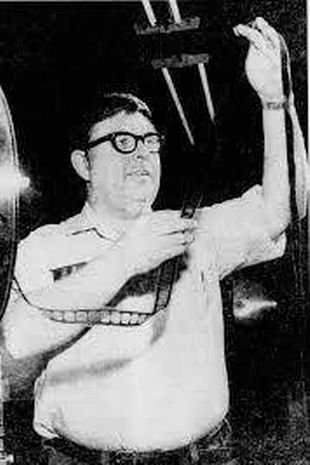
Sullivan, who suffered from bipolar disorder and schizophrenia, passed away in 1977. Lawrence Kane, a former Navy reserve, worked in the same hotel as Donna Lass, a possible victim of the Zodiac Killer.
After a car accident in 1962 left him with brain damage, it is speculated that his ability to control impulses may have been impaired. Kane, who was arrested twice for peeping in the 1960s, was identified as a close match by several individuals who had encounters with the Zodiac Killer. Kane passed away in 2010.